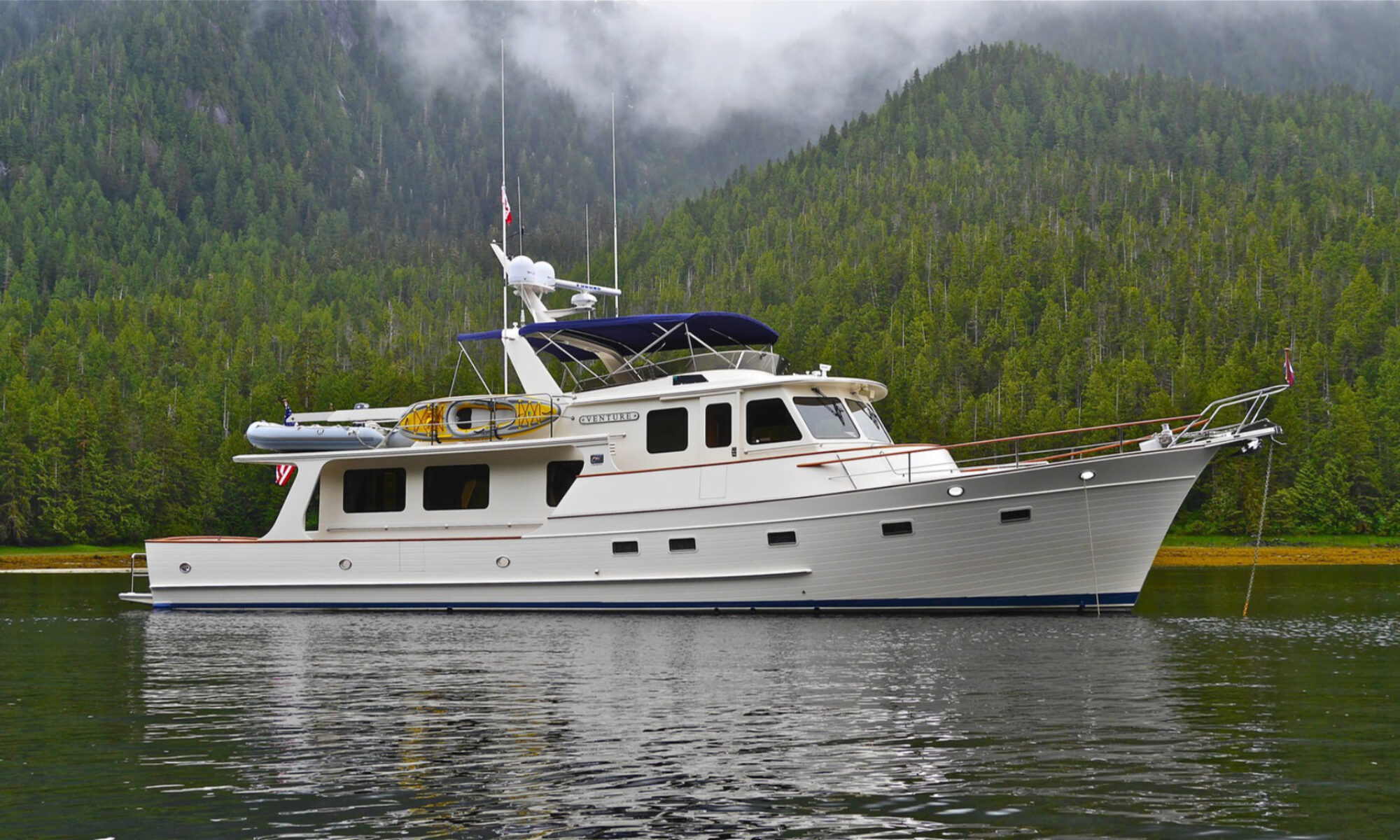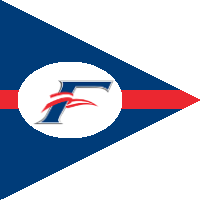2017 March
Along with others members, I was invited by NRDC to travel to the San Ignacio Lagoon in Baja California to visit the grey whales who had migrated from the high Arctic to mate and give birth.
We took a bus from San Diego to the airport in Tijuana, Mexico, and boarded a pair of Cessna Caravan aircraft to fly down the west coast of the Baja peninsula to the airstrip at the Vizcaino Biosphere Reserve. From there we took a bumpy ride and then local boats called pangas to a tented camp. Here, our host were Baja Discovery who organise these five-day trips every year from February thru March.
Grey Whales migrate every year from the Chukchi Sea at the western entrance to the NW Passage 5-6000 miles down to Baja California. This is a round trip of between 10,000 to 12,000 miles at a rate of around 75 miles per day.
After breakfast, the following day we boarded pangas hoping to see the whales. There are strict rules to be followed. Only 16 boats are allowed out on the bay at any one time and each boat can only be out on the water for 90 minutes. The whales come to the boats and not vice versa. No fishing is allowed during the season but local fishermen are involved in taking the tourists and the income has been found to exceed that from fishing.
There is absolutely no doubt that the mother whales actively seek interaction with the boats and bring their young alongside to be petted. In fact, it often seems to be the case that they use the opportunity to take a break from motherhood and stand off about 50 yards while their offspring are petted. When very young, the mothers actually lift them up. Calves are born tail first and weigh around 1500 lbs. After birth, they are initially raised to the surface by the mother but after three hours calves can stay afloat and swim a straight course. They drink 200 -300 gals of 53% fat-content milk per day adding 60 to 70 lbs to this weight. Mother whales do not feed between leaving the Arctic until they return – a period of 7 months. The skin feels like wet Chamois (shammy) leather. The adults carry numerous barnacles.
The amazing and heartwarming experience almost did not happen. Before whale hunting was banned in 1946, the whales were almost hunted to extinction. They came to be known locally as “devil fish” because the adults attacked the boats when their calves were harpooned. In 1969, a local fisherman named Pachino allowed a whale to come close to his boat and interact with him. He was responsible for the start of the tourist business. His son and grandson are still involved.
In 1994 there were plans to turn the bay into a huge Industrial salt plant with Mitsubishi. Local environmentalists led by NRDC managed to persuade the Mexican Government not to go ahead with it and preserve the bay.
The temporary camps used by the tourists are dismantled at end of every season.

